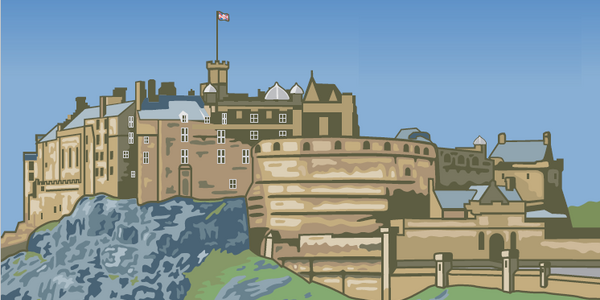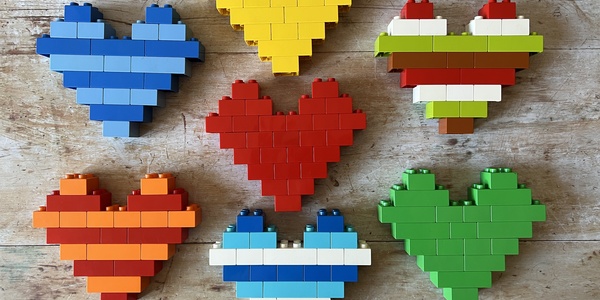
Lego Heart
Is there a greater language of love than maths? Well, we may be a bit biased. But there's plenty of maths involved in our fun Valentines Day Lego hearts. So what are you waiting for - raid your Lego box, and get building!

Is there a greater language of love than maths? Well, we may be a bit biased. But there's plenty of maths involved in our fun Valentines Day Lego hearts. So what are you waiting for - raid your Lego box, and get building!
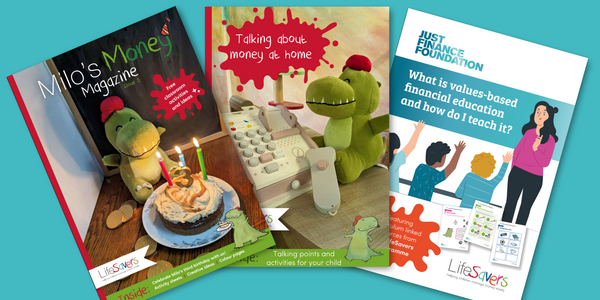
Best suited for Early, First and Second Level
Explore money and the environment with free resource packs from Just Finance Foundation.
Sign up now to access a wide range of curriculum-linked activities designed to spark real-life learning in your classroom. From ELC to P7, you’ll get resources like:
These resources are free to use and created to help you link maths to real-world life skills — including saving, spending, and sustainability.
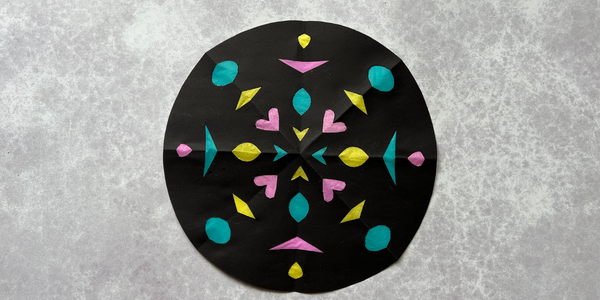
The big circular windows that take pride of place in many churches or cathedrals - often referred to as 'rose windows' - are usually divided into symmetrical sections, with intricate designs made up of shapes. Today, we'll show you how to create your own mini rose window, with a symmetrical design.
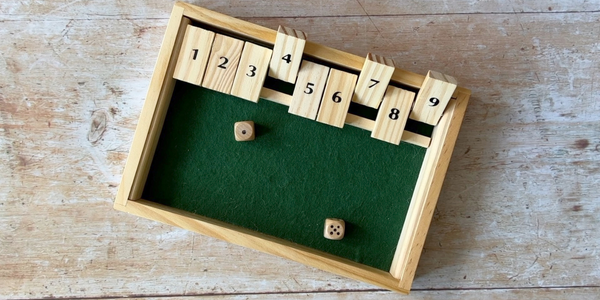
Shut the Box is a fun dice game for two or more players, though can also be played by one player as a solitaire game. It's a great game for encouraging number recognition and practicing addition and number bonds.
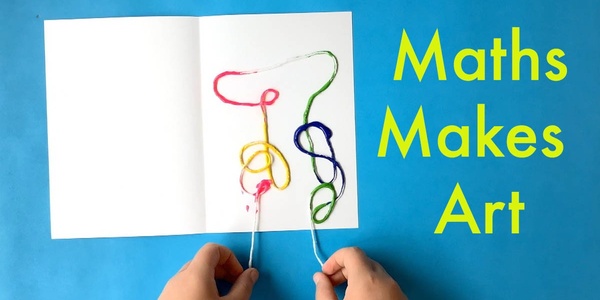
Best suited for Early, First & Second Level
In a series of four videos, children demonstrate how mathematical principles including symmetry, tessellation and 3D shapes, can be the basis for a huge range of art and craft projects.
Created by Anne McNaught and Jo Hall
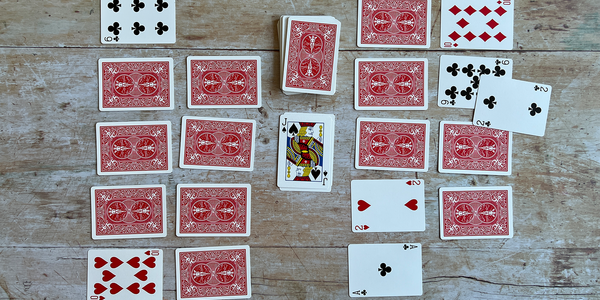
The card game 'Trash' (also known as 'Garbage') is great for number recognition and for practicing number sequences. All you need is a standard deck of 52 playing cards.
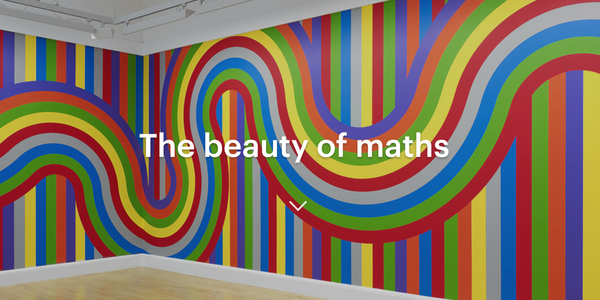
Best suited for Early, First and Second Level
This resource aims to inspire learning about maths, through art. We’ve put together a powerpoint ready for you to use in school, or print out to use on a gallery visit to the Scottish National Gallery of Modern Art.
You can select the tasks that best suit your learners, try them in any order and adapt to suit. Activities include: Tesselation, Scale, Favourite numbers, Describing Shape, Symmetry and Pattern.
Created by National Galleries Scotland
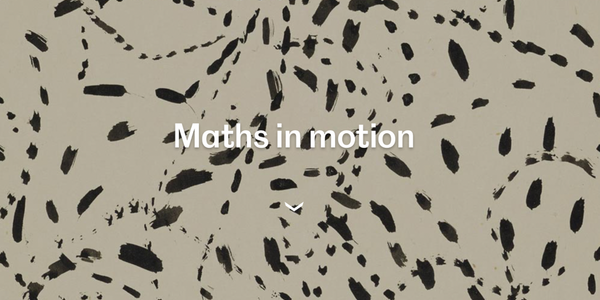
Best suited for Early, First and Second Level
This resource offers six activities to ignite interest in both maths and art. We’ve put together a slide show ready for use in your setting.
Activities include symmetry, balance, speed, moving objects and pattern. Questions and tasks are deliberately open-ended to encourage learners to problem solve and develop their creativity skills.
Created by National Galleries Scotland

Four friends went to the beach together. Can you work out what activity each of them did at the beach, and what flavour of ice cream they ate? There are two levels of difficulty to choose from. In Level 2, you'll also need to work out how they got to the beach.
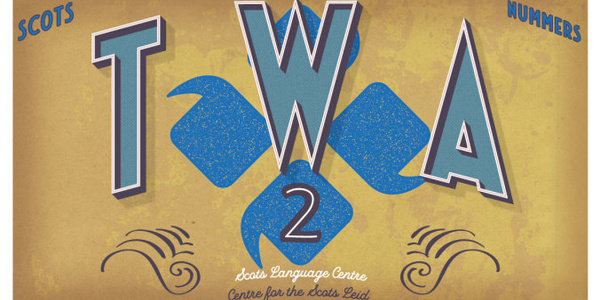
Best suited for Early, First and Second Level
Scots Language Centre have a set of numbers in Scots which are useful for teaching purposes. The numbers are available as a downloadable PDF, along with a list of suggested activities and associated materials. Use them as part of your classroom display, in sequencing exercises, numeracy tasks and more!
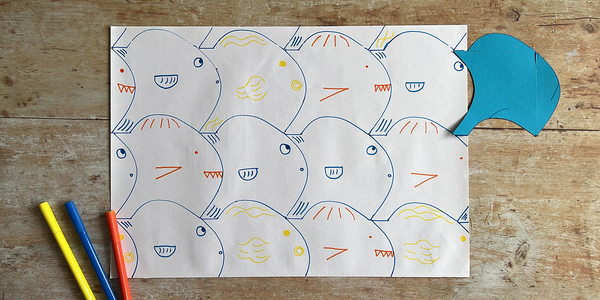
Tessellations are arrangements of shapes closely fitted together, in a repeated pattern without gaps or overlapping. how to make your own tessellation template, so that your repeating pattern fits together.

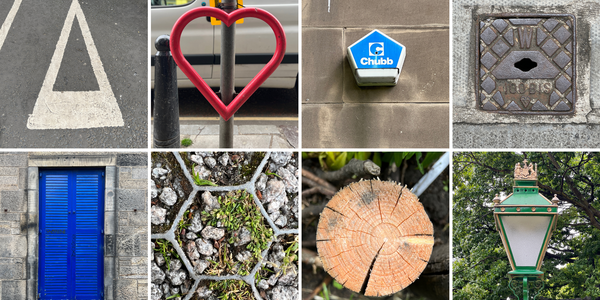
Best suited for Early, First and Second Level
A scavenger hunt is a great way to get out and about and have some fun with maths. Go on a Shape Hunt outdoors, looking for how many different shapes you can find. Why not document what you find and share your photographs with us online!
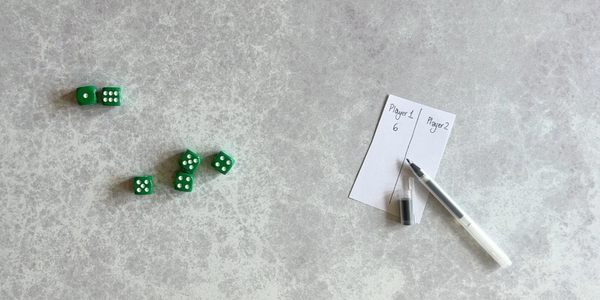
Sevens is a fun dice game for two or more players, that you can play anywhere, any time. It encourages number and quantity recognition, and basic addition skills.
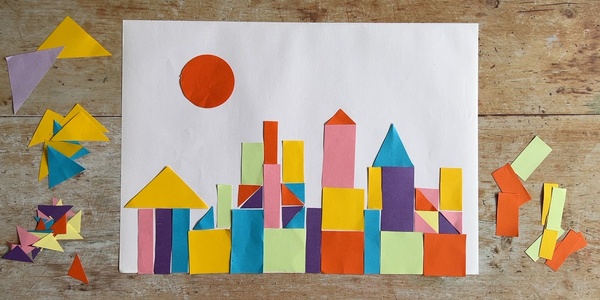
Best suited for Early, First and Second Level
Children can create their geometric cityscape, inspired by the artworks of Paul Klee.
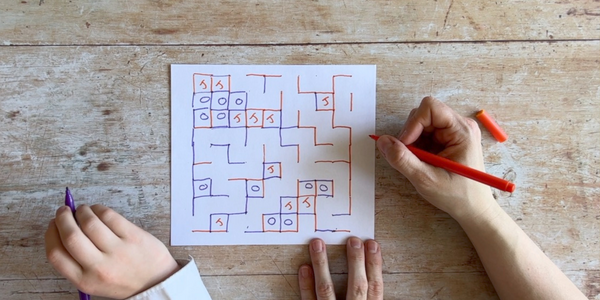
Whether you’re travelling and need something to keep the kids busy on the road, or looking for a boredom buster back at home, you can’t go wrong with this quick and easy pen and paper game.

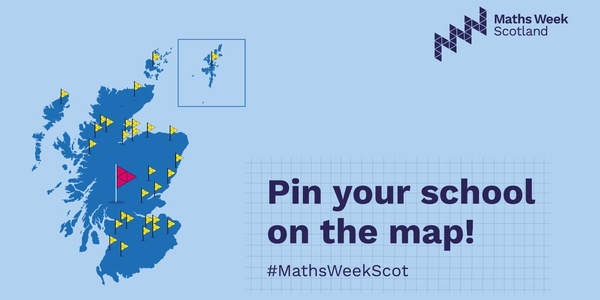

Best suited for Early, First and Second Level
Celebrate Burns Night with this shape activity, in honour of one of Robert Burns' most well known poems, 'To a Mouse'. Cut out shapes of different sizes from coloured paper or card, and arrange them to create mice. What other shapes can you use? How about a pentagon or a hexagon mouse?
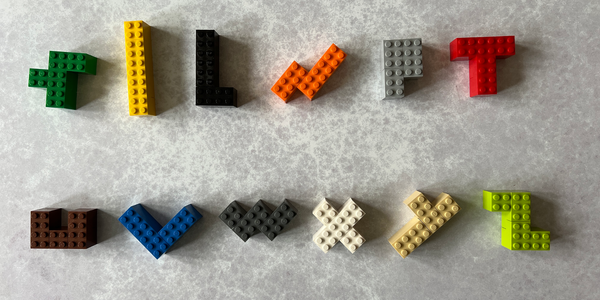
A pentomino puzzle is a tiling puzzle with lots of different solutions, that helps build problem solving skills and strategic thinking. Dig out your Lego to create your own puzzle!
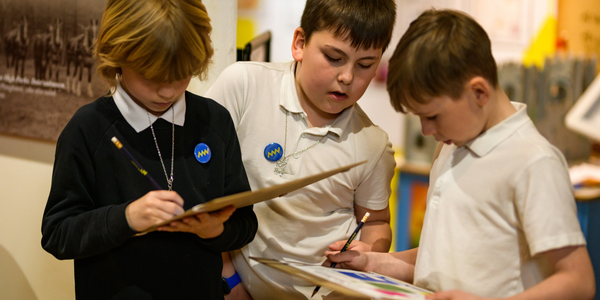

Best suited to Early, First and Second Level
Miner birds is a series of multi-player, curriculum-linked maths games on Busy Things, designed specifically to put addition and subtraction skills to the test.
In the game, pupils can play against up to 3 opponents, which can either be other pupils or computers. The aim is to answer the questions to earn worms and the player who is the first to reach 20 worms is the winner.
Pupils earn more worms if they answer trickier questions but expect some surprises along the way to trip you up!
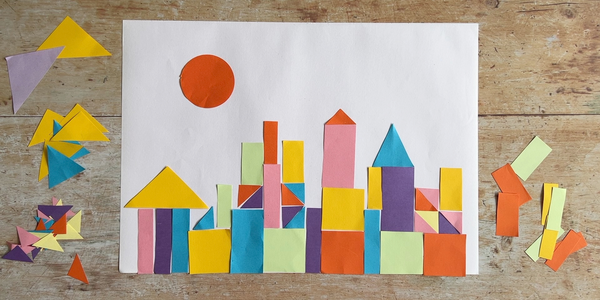
Create your own geometric cityscape, inspired by the artworks of Paul Klee.
